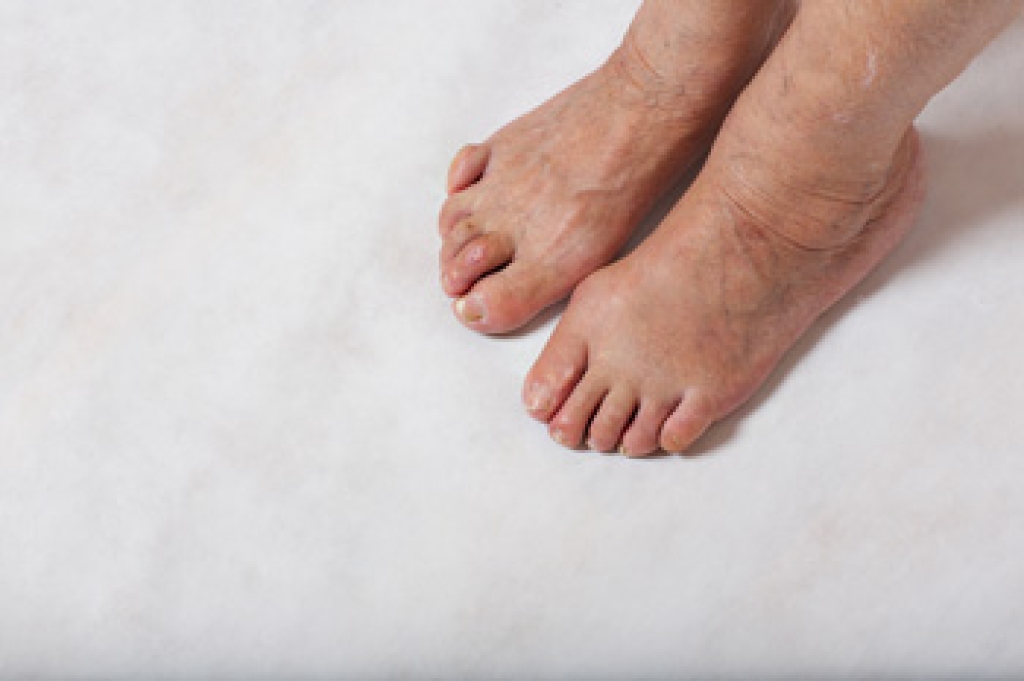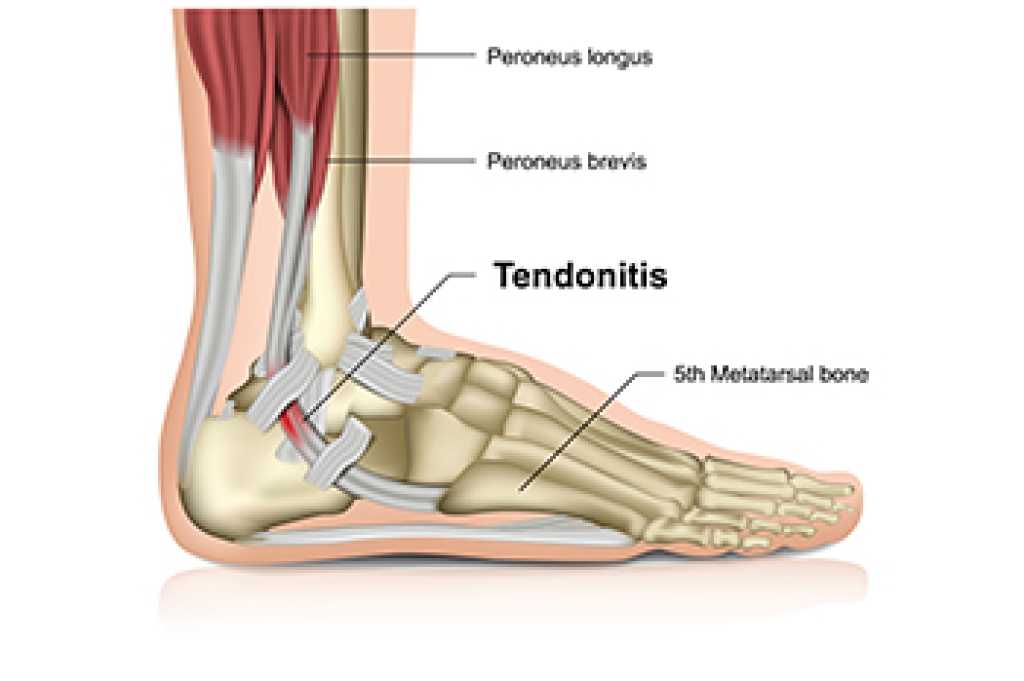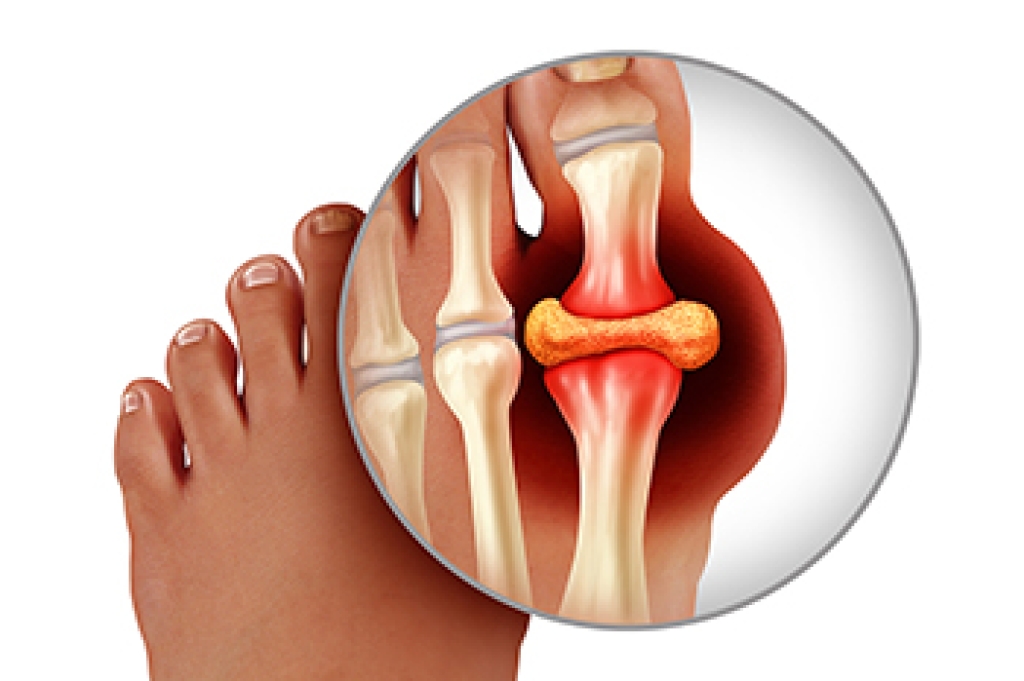
Hammertoes develop when the middle joint of a toe bends downward instead of lying flat, often causing discomfort and rubbing against footwear. They may start out flexible but can become rigid over time, making movement painful. Common causes include wearing shoes that crowd the toes, muscle imbalance, or trauma to the foot. High heels and narrow shoes can also increase the risk. Without proper care, corns, calluses, and joint stiffness may develop, making walking difficult. Treatment can range from wearing roomier shoes and using padding to relieve pressure, to custom orthotics that improve alignment. In more severe cases, surgery may be considered to restore function and comfort. If you notice your toe beginning to bend or experience pain while walking, it is suggested that you see a podiatrist for diagnosis and appropriate treatment.
Hammertoes can be a painful condition to live with. For more information, contact one of our podiatrists of Bergen Foot & Ankle. Our doctors will answer any of your foot- and ankle-related questions.
Hammertoe
Hammertoe is a foot deformity that occurs due to an imbalance in the muscles, tendons, or ligaments that normally hold the toe straight. It can be caused by the type of shoes you wear, your foot structure, trauma, and certain disease processes.
Symptoms
- Painful and/or difficult toe movement
- Swelling
- Joint stiffness
- Calluses/Corns
- Physical deformity
Risk Factors
- Age – The risk of hammertoe increases with age
- Sex – Women are more likely to have hammertoe compared to men
- Toe Length – You are more likely to develop hammertoe if your second toe is longer than your big toe
- Certain Diseases – Arthritis and diabetes may make you more likely to develop hammertoe
Treatment
If you have hammertoe, you should change into a more comfortable shoe that provides enough room for your toes. Exercises such as picking up marbles may strengthen and stretch your toe muscles. Nevertheless, it is important to seek assistance from a podiatrist in order to determine the severity of your hammertoe and see which treatment option will work best for you.
If you have any questions, please feel free to contact our offices located in Fort Lee, NJ and Flushing, NY . We offer the newest diagnostic and treatment technologies for all your foot care needs.




